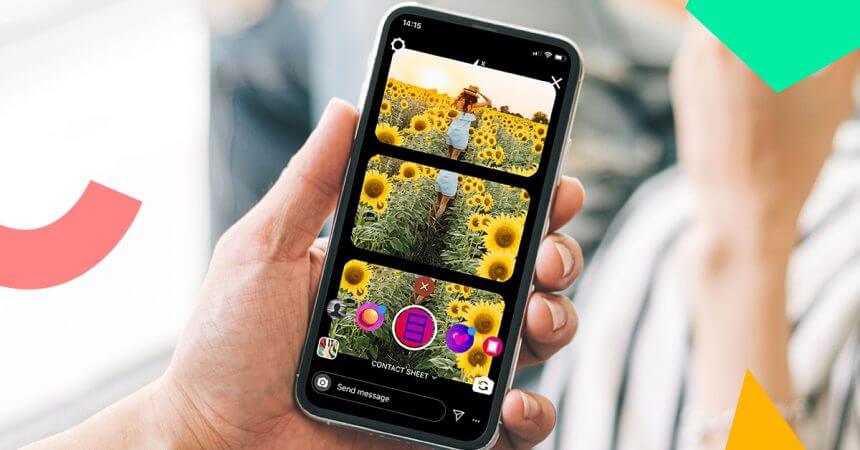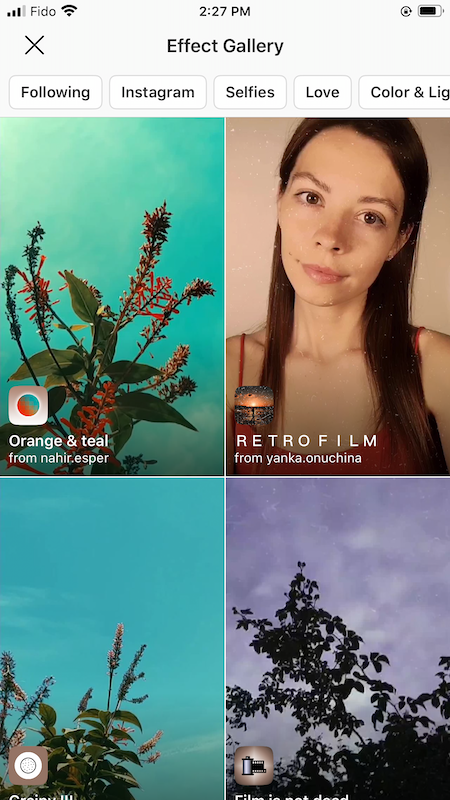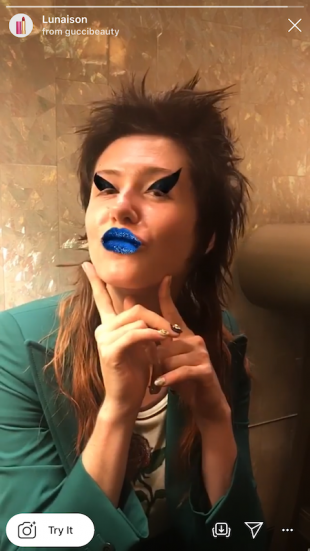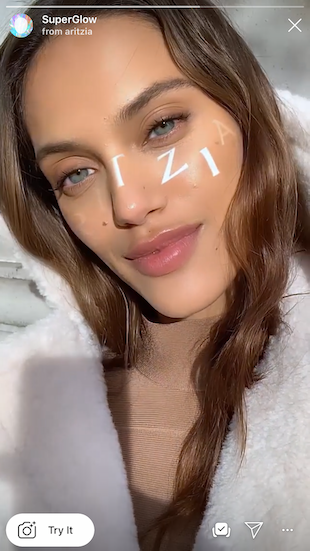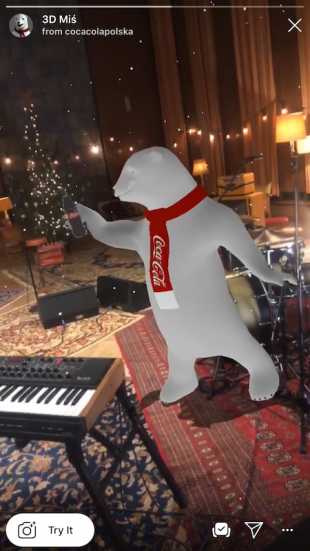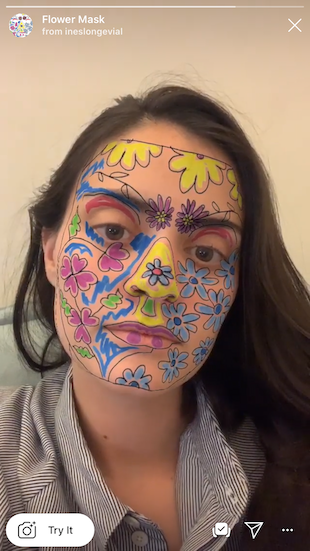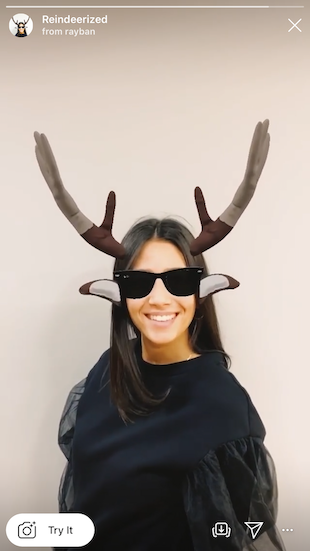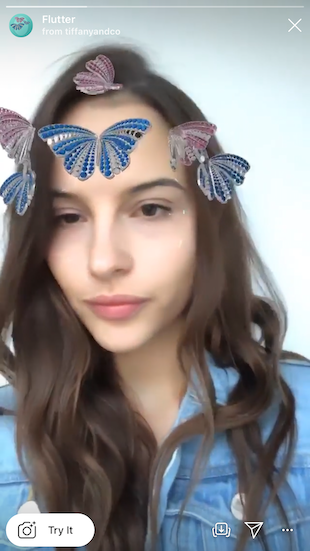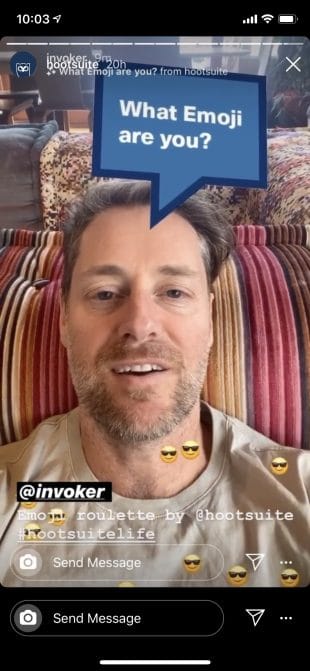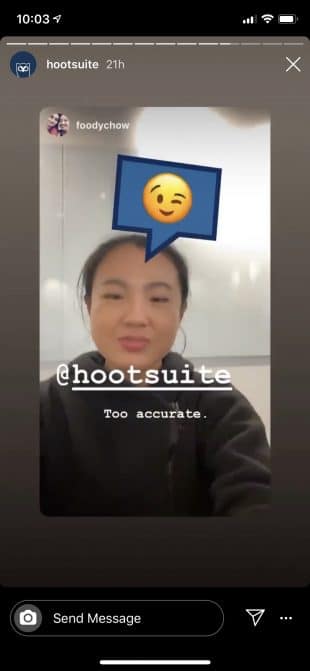When your brand set Instagram for business, you are probably already aware that Instagram Stories is an effective method to engage with young users. In 2019, 500 million accounts used Instagram Stories daily and 67% of all Instagram users are aged 18 to 29. Stories are interactive functions—such as polling, questions, and Instagram AR filters—are fun methods for brands to engage these users.
Augmented actuality (AR) sounds futuristic, however, Instagram Stories has used augmented reality filters since 2017 when it launched its face filters. And recently, Instagram Stories took augmented reality to a new level. The Fb-owned platform Spark AR Studio lets users make their own interactive AR filters. In August 2019, that platform was opened to the public.
Now, anybody could make custom AR filters for Instagram Stories.
Right here, learn what Instagram AR filters are, why making unique filters could be right for your brand.
What’s an Instagram AR filter?
Augmented reality (AR) filters are computer-generated effects layered over the real-life picture your camera displays. In Instagram Stories, an AR filter alters the picture your front or back camera displays.
Consider Instagram’s face filters. For instance, the puppy filter superimposes a dog’s ears and nose over top of your picture. These digital effects move with you as you move.
Or its “Hello 2020” filter: 2020 glasses are superimposed onto your face and digital balloons fall down the screen.
Remember that Instagram AR filters are different from their preset filters. Instagram’s preset filters elevate the quality of images in one click, so you do not need to spend a lot of time editing photos for Instagram. In contrast, Instagram AR filters are an interactive element just for Instagram Stories.
What’s new with Instagram Stories AR filters?
At its F8 Conference in May 2019, Facebook announced that anybody could build custom AR filters utilizing its Spark AR Studio platform. This new platform permits users to make original augmented reality effects for Instagram Stories, Fb Stories, Messenger and Portal.
Before this platform became public in August 2019, Instagram users had to be invited to utilize Spark AR. That meant only choose Instagram users can design and publish custom AR filters. Now, anybody who downloads Spark AR Studio could get creative with filters.
It’s simple for Instagram users to find these filters. Anybody visiting your brand’s Instagram profile could click on the new face icon. All of the AR filters you make are compiled here.
Click on the new face icon (third icon from left) while visiting a user’s profile to see all of the filters they have create.
Plus, Instagram users could uncover original filters in the new Effect Gallery. But branded or promotional posts won’t show here.
Original AR filters are categorized in the Effect Gallery. There are categories like “selfies” and “color and light.”
Why create AR filters for Instagram Tales?
While this tool may not be right for all businesses, it’s a good option for brands trying to achieve younger individuals on Instagram. Keep in mind: 67% of all Instagram users are aged 18 to 29. Moreover, one-third of the most-viewed Instagram Stories are from businesses.
Here are a few examples of how custom AR filters can leverage your brand:
Show off your brand’s personality
- Custom AR filters reflect your brand’s tone, particularly if that tone is fun or playful.
- They also usually reflect the unique parts of your brand, helping you stand out from your competitors.
Connect with your audience
- In 2019, over 500 million accounts engaged with Instagram Stories every day.
- 60% of businesses utilizing Instagram Stories incorporate an interactive element to extend monthly engagement.
- Custom AR filters are the newest interactive element for Instagram Stories.
Be ahead of the curve
- Custom AR filters are still a new function, and not every brand is utilizing them yet.
- Make an AR filter for customers to “try on” a product before making a purchase or “wear” a branded item of clothing.
- It isn’t just for self-promotion. You can also make a filter for your brand to show your support for social causes.
Increase brand awareness
- Incorporate your brand’s logo or mascot into an AR filter.
- In case your unique filter isn’t promotional, it’ll display in Instagram’s Effect Gallery where anybody (including new followers) could find it.
- When users share selfies utilizing your filter, their followers (and potential new followers) will be exposed to your brand.
When viewing an AR filter for Instagram Stories, there is a “try it” button on the bottom left-hand side of the screen. Users could save the filter to use later by pressing the “upload” button. That is the first button on the bottom right-hand side of the screen.
Best examples of Instagram AR filters
Here are 5 examples that show how different brands are getting creative with AR filters.
Aritzia
Aritzia made the SuperGlow filter. This custom filter increases brand awareness and recognition.
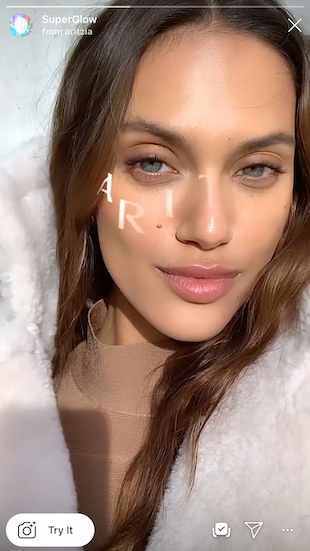
Coca-Cola Poland
Coca-Cola Poland uses an AR filter to digitally superimpose the brand’s polar bear on top of the real world.
Ines Longevial
This Paris-based artist publishes artistic AR filters and shows just how creative brands could get with custom filters. She also uses this tool to show her support for social causes.
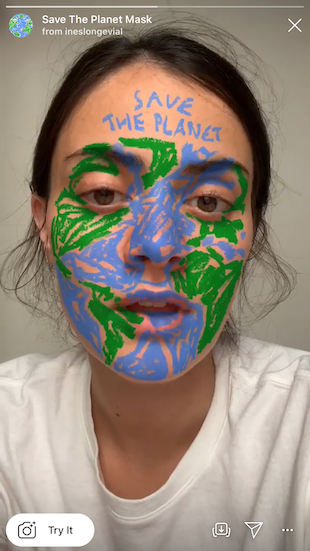
Ray-Ban
Ray-Ban’s custom Reindeerized filter is a playful method to interact with the brand. It’s also a method to virtually try on a Ray Bans product, which is super useful for customers looking to buy Ray Bans online.
Tiffany and Co.
Tiffany and Co.’s custom filters incorporate the business’s branding.
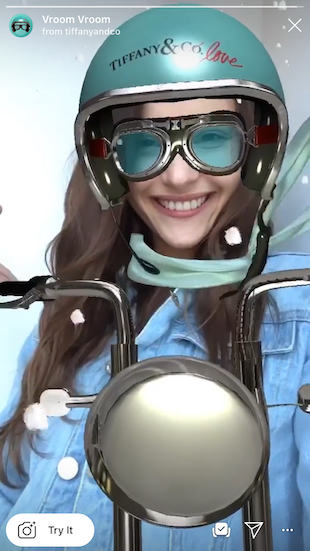
Hootsuite
That’s right! We made our own AR filter for Instagram. It’s known as Emoji Roulette and you could try it for yourself by going to our Instagram profile and tapping the smiley face icon.

